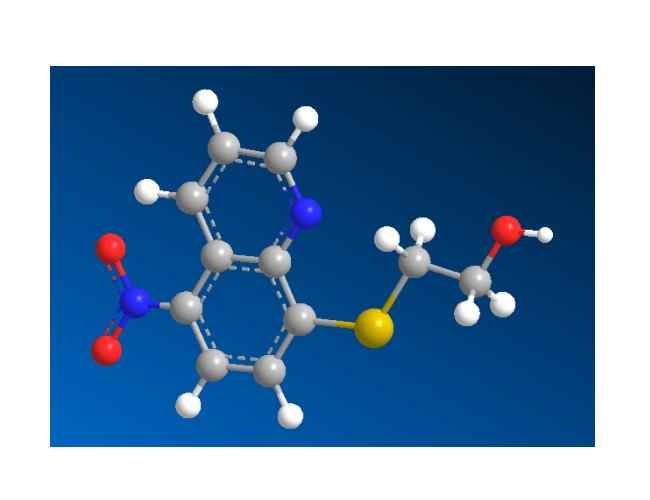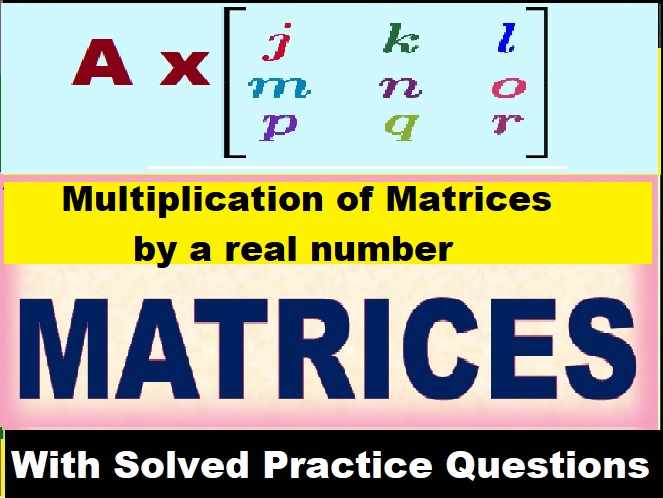Elements, Compound & Mixtures MCQs Class-7 Dalal Simplified ICSE Chemistry Solutions Chapter-3 Dr Viraf J Dalal Middle School Allied Publishers Solutions. Chapter-3. We Provide Step by Step Solutions of Exercise/Lesson -3 Correct answer, Match the following, Give reason following statements, Name the following of Dr Viraf J Dalal Middle School Chemistry Allied Publishers. Visit official Website CISCE for detail information about ICSE Board Class-7.

Elements, Compound & Mixtures MCQs Class-7 Dalal Simplified ICSE Chemistry Solutions Chapter-3
| Board | ICSE |
| Class | 7th |
| Subject | Chemistry |
| Book Name | Dalal New Simplified |
| Chapter-3 | Elements, Compound & Mixtures |
| Unit-1 | Elements, Compound & Mixtures |
| Topic | Solution of exercise MCQs |
| Session | 2023-24 |
Objective Type Questions
Elements, Compound & Mixtures MCQs Class-7 Dalal Simplified ICSE Chemistry Solutions Chapter-3
Question-1. Select the correct answer from A, B, C, D & E for each statement given below:
A: Chalk B: Oxygen C: Silicon D: Bromine E: Nitrous oxide
Question: 1. An element present in the earth’s crust, atmosphere and human body.
Answer: B: Oxygen
Question: 2. The chemical name for dinitrogen oxide (N2O).
Answer: E: Nitrous oxide
Question: 3. A compound containing carbon, oxygen and calcium.
Answer: A: Chalk
Question: 4. A metalloid.
Answer: C: Silicon
Question: 5. A non-metal which exists in the liquid state.
Answer: D: Bromine
Question-2. Select the correct answer from the choice in bracket.
Question: 1. The least reactive metal, [magnesium/silver/copper]
Answer: Silver
Question: 2. The positively charged particle of an atom, [electron/proton/neutron]
Answer: Proton
Question: 3. The formula of caustic soda. [KOH/Ca(OH)/NaOH]
Answer: NaOH
Question: 4. The ideal method to separate iodine and KCl. [sublimation/evaporation/distillation]
Answer: Sublimation
Question: 5. A homogeneous mixture, [brass/dust in air/ chalk and water]
Answer: Brass
Question-3. Match the ideal method of separation of components in a mixture in List I with the – appropriate process in List II.
| List I | List II |
|---|---|
| 1. Sand from a mixture of sand and water | A: Separating funnel |
| 2. Kerosene from a mixture of kerosene and water | B: Sublimation |
| 3. Alcohol from a mixture of methyl alcohol and water | C: Filtration |
| 4. Naphthalene from a mixture of naphthalene and lead chloride | D: Distillation |
| 5. Pure water from impure water | E: Fractional distillation |
Answer-3
| List I | List II |
|---|---|
| 1. Sand from a mixture of sand and water | A: Filtration |
| 2. Kerosene from a mixture of kerosene and water | B: Separating funnel |
| 3. Alcohol from a mixture of methyl alcohol and water | C: Fractional distillation |
| 4. Naphthalene from a mixture of naphthalene and lead chloride | D: Sublimation |
| 5. Pure water from impure water | E: Distillation |
Question- 4. Give reasons for the following statements :
Question: 1. If fractional distillation is carried out using a liquid-liquid mixture, one liquid will remain in the flask and the other will be collected in the receiver.
Answer: The liquid with low boiling point vaporises first and is collected in the receiver and the higher boiling point component is left behind.
Question: 2. Evaporation of a common salt solution or sea water, leaves behind common salt inside the evaporating dish after heating.
Answer: The pure water from the solution evaporates and the vapours are lost on heating, hence the salt is left behind in the dish.
Question: 3. Components in a mixture are present in varying proportions and not in a fixed proportion.
Answer: Mixtures are impure substances made up of two or more elements or compounds or both, mixed together in any proportion.
Question: 4. Gunpowder is an example of a heterogeneous mixture.
Answer: The components of gunpowder are mixed in any proportion by weight and are not uniform.
Question: 5. In chromatography, the absorbent medium e.g. what man filter is known as the stationary phase.
Answer: Chromatography is the method of separating the various components of a mixture by their difference in rate of flow over an absorbent medium where what man filter is known as the stationary phase because it stays fixed inside the column.
Question-5. Name the following:
Question: 1. The non-sublimable solid from a mixture of iodine and potassium nitrate.
Answer: Potassium nitrate
Question: 2. The heavier liquid component from mercury and water.
Answer: Mercury
Question: 3. The lower boiling point component from methyl alcohol and water.
Answer: Methyl alcohol
Question: 4. The compound containing one atom of sulphur and two atoms of oxygen.
Answer: Sulphur dioxide
Question: 5. Tn acid whose formula is ‘H2C03’.
Answer: Carbonic acid
– : End of Elements Compound and Mixtures Class-7 Dalal Simplified Solutions :–
Return to – Dalal Simplified Chemistry for ICSE Class-7 Solutions
Thanks
Share with your friends.


